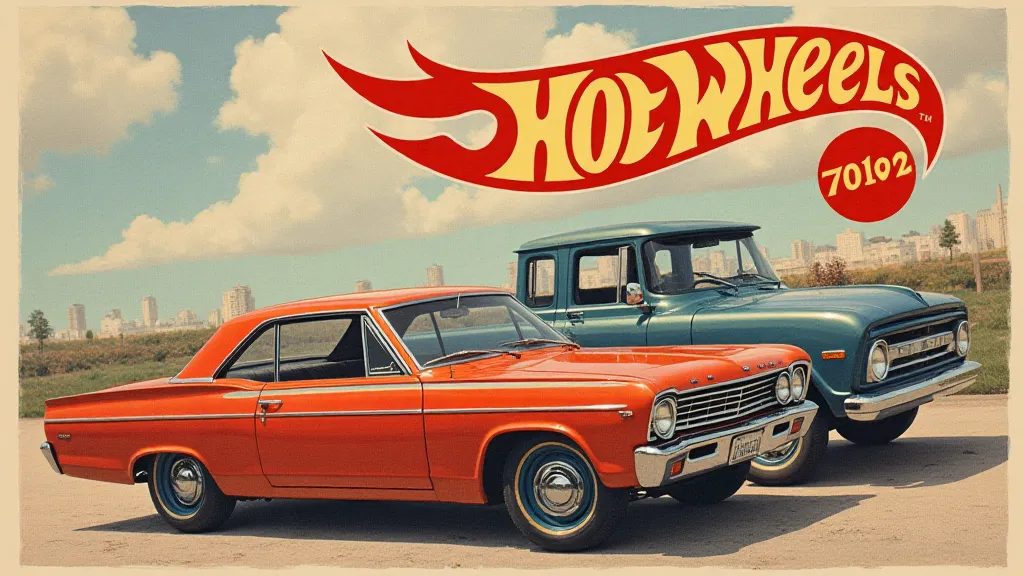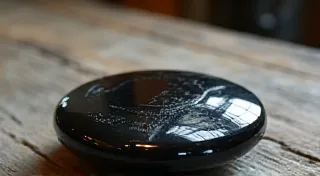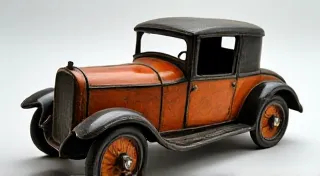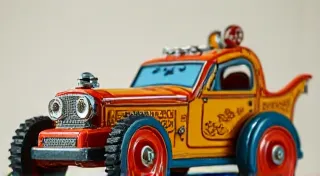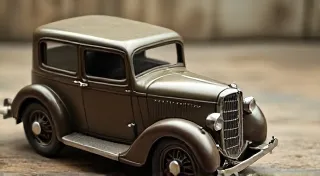Hot Wheels Redlines: The Legend and Legacy
For generations of collectors, the name “Hot Wheels” conjures images of gleaming chrome, vibrant colors, and miniature metal machines. While the Hot Wheels brand has seen countless iterations and model variations, a specific subset – the Redlines – stands apart. These aren’t just toy cars; they're miniature artifacts, representing a pivotal moment in toy car collecting and possessing a legacy that continues to captivate enthusiasts worldwide. This article delves into the history, variations, and factors that determine the value of these legendary vehicles.
The Genesis of the Redline
To understand the Redline’s significance, we need to rewind to the late 1960s. Hot Wheels, launched by Mattel in 1968, quickly disrupted the toy car market, challenging the dominance of established players like Matchbox. Early Hot Wheels models were characterized by their innovative designs and intricate detailing. However, in 1970, Mattel introduced a crucial change: a thin, red stripe along the wheels’ perimeter. This seemingly minor detail marked the beginning of the “Redline” era.
The redline served a functional purpose. Mattel initially intended it to indicate models designed for use with the "Auto-Walnut" track system, a complex and expensive accessory that quickly proved unpopular with consumers. While the Auto-Walnut track ultimately failed, the redline detail remained a distinctive feature of Hot Wheels cars, becoming instantly recognizable to collectors. It signaled a certain level of quality and exclusivity.
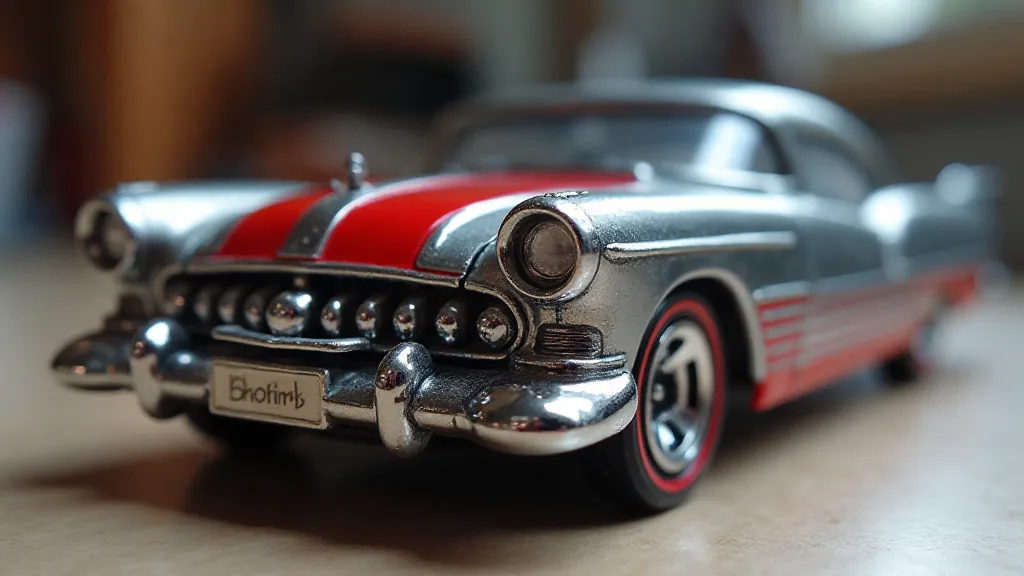
Early Redline Variations: A Collector's Paradise
The first few years of the Redline era (roughly 1970-1975) are considered the golden age for collectors. This period saw a flurry of innovative designs and manufacturing quirks that resulted in numerous variations, each with its own collector's appeal. These variations weren't always intentional; some stemmed from changes in manufacturing processes, casting molds, or even simple human error. Many new collectors find themselves captivated by the sheer complexity and detail involved in identifying and appreciating these variations - it can feel like delving into a world of miniature treasures, and resources like a Beginner's Guide to Vintage Toy Car Collecting can be incredibly helpful in navigating this fascinating world. The challenges of authenticating these treasures, especially for newcomers, highlights the need for expert guidance.
Here are a few notable examples:
- Blackwalls: Initially, all Redlines had white sidewall tires. During a period of rubber shortages, Mattel briefly switched to black tires – known as “Blackwalls” – creating a highly desirable variant.
- Wide Varieties: Many models featured a variety of color combinations, some incredibly rare and limited in production. The "Sugar Rush" pink Corvette, for instance, is a highly sought-after example.
- Casting Variations: Minor changes in the casting molds used to produce the cars resulted in subtle differences in the body shape, windows, or other details. These seemingly insignificant variations can dramatically impact value.
- Hole Configurations: The number and placement of holes on the baseplate of the cars varied over time. Early Redlines had different hole configurations than later models, another detail used by collectors to identify and classify them.
- Treasure Hunting: Beyond the specific variations, the thrill of the hunt is a major draw for collectors. The feeling of discovering a rare find can be incredibly rewarding, a sentiment echoed by many who appreciate the broader world of vintage toys – and the risks of falling prey to counterfeit items are a constant concern, a topic explored further in Spotting Fake Vintage Toy Cars: How to Avoid Scams.
The End of the Redline and the Rise of the Bluecard
In 1975, Mattel made another significant change: the redline was removed, and the distinctive "Bluecard" packaging was introduced. The reasons for this decision are complex, likely involving a combination of factors including cost reduction and a shift in marketing strategy. The removal of the redline effectively marked the end of the classic Redline era, although the term is sometimes loosely applied to models released in the following years that share some visual similarities.
Factors Influencing Value
Determining the value of a Hot Wheels Redline is an intricate process, requiring knowledge and experience. Here are some key factors to consider:
- Rarity: As with any collectible, rarity is paramount. Models with extremely limited production runs or those with unique variations command the highest prices.
- Condition: Mint condition is the holy grail for collectors. A car in pristine condition, with original paint, unblemished chrome, and undamaged tires, will be worth significantly more than a car with scratches, chips, or fading. Original packaging adds significant value.
- Color: Certain colors are more desirable than others, often due to their limited production or unusual appearance.
- Variations: The presence of specific variations, such as blackwalls, unusual hole configurations, or casting errors, can significantly increase value.
- Desirability: Some models are simply more popular and sought after than others, regardless of their rarity or condition. The 'Splitt Second' Camaro is a prime example.
- Originality: Collectors strongly prefer cars that are entirely original – meaning all parts are original to the car and have not been replaced or altered.
- The Allure of the Past: Beyond the objective factors, the emotional connection to a piece of childhood memory can significantly impact perceived value. Many collectors are drawn to the tangible link to their past, reliving cherished memories with each discovery. This connection to the past is a common theme among those who collect vintage items, and the rise of online platforms has both facilitated and complicated the buying and selling process, as detailed in The Rise of Online Auctions and Vintage Toy Car Collecting.
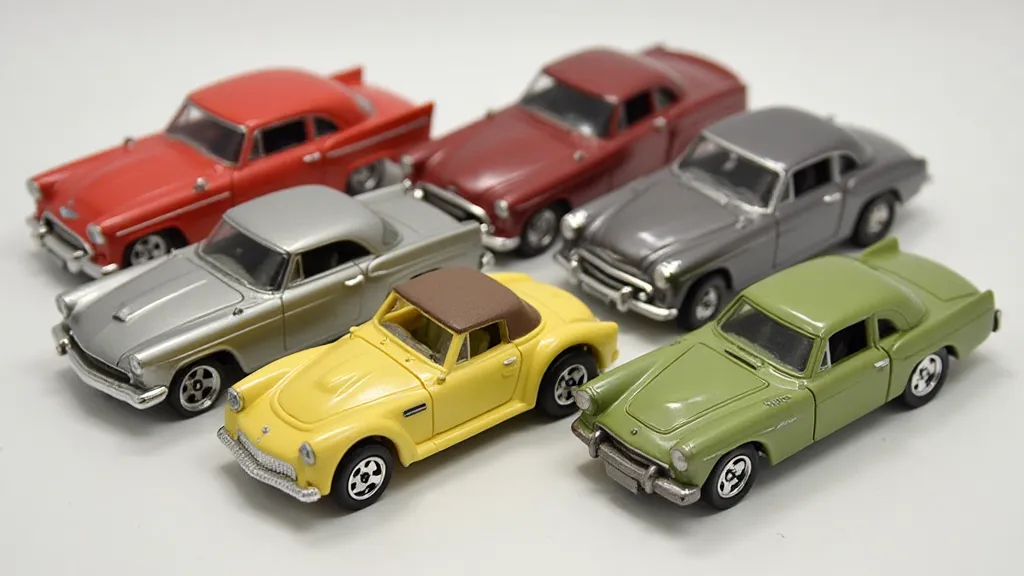
Collecting Today: Resources and Tips
For those interested in collecting Hot Wheels Redlines, a wealth of resources is available:
- Online Forums and Communities: Numerous online forums and social media groups are dedicated to Hot Wheels collecting, offering a place to connect with other enthusiasts, learn about variations, and buy and sell cars.
- Price Guides: Several online price guides provide estimates of the value of different Redline models. While these guides can be helpful, it's important to remember that market conditions fluctuate.
- Collector Conventions: Attending toy collector conventions is a great way to see a wide variety of Redlines in person, meet other collectors, and potentially acquire new additions to your collection.
- Expanding Your Collection: Many collectors also enjoy exploring other types of vintage toys. The world of Japanese tinplate toys, with their intricate designs and charming aesthetics, offers a rewarding alternative, and learning to identify early examples can be surprisingly complex - see Identifying and Dating Early Tinplate Toy Cars for a helpful guide.
Navigating the Market and Avoiding Pitfalls
The vintage toy car market, particularly the Redline subset, is vibrant but also fraught with potential pitfalls. Beyond the thrill of the hunt and the satisfaction of completing a collection, it's crucial for prospective and seasoned collectors alike to exercise caution and diligence. Recognizing reproductions, identifying restoration work, and verifying authenticity are all vital skills to develop. The availability of detailed information online has democratized access to knowledge, but it has also enabled the proliferation of fakes and misrepresented items. Furthermore, understanding the nuances of grading and condition assessment is essential for making informed purchasing decisions and accurately valuing your acquisitions. The complex interplay of scarcity, demand, and condition dictates the fluctuating prices of these miniature treasures.
The Future of Redline Collecting
The enduring appeal of Hot Wheels Redlines suggests that their collecting community will continue to thrive for years to come. While the most pristine examples will undoubtedly remain at the pinnacle of the market, there are still opportunities for new collectors to enter the hobby at more accessible price points. The challenge lies in educating potential buyers about the factors that influence value and the importance of thorough due diligence. As the vintage toy market evolves, collectors will need to adapt to changing trends and technologies, but the passion for these iconic cars will remain a constant driving force. The ongoing preservation of these miniature artifacts is vital to ensuring that future generations can appreciate their historical significance and artistic merit.
